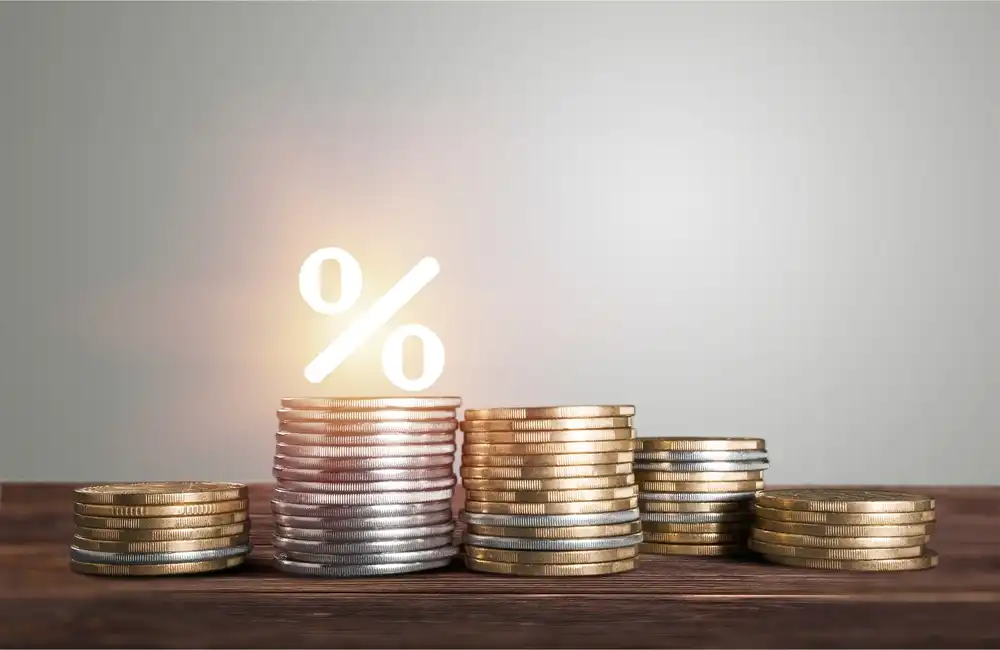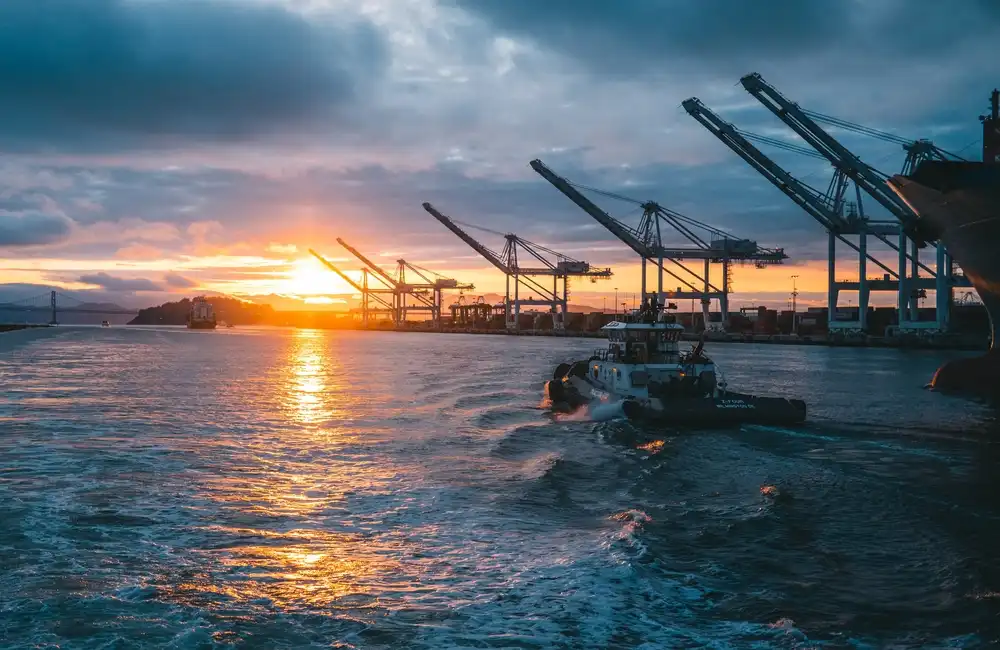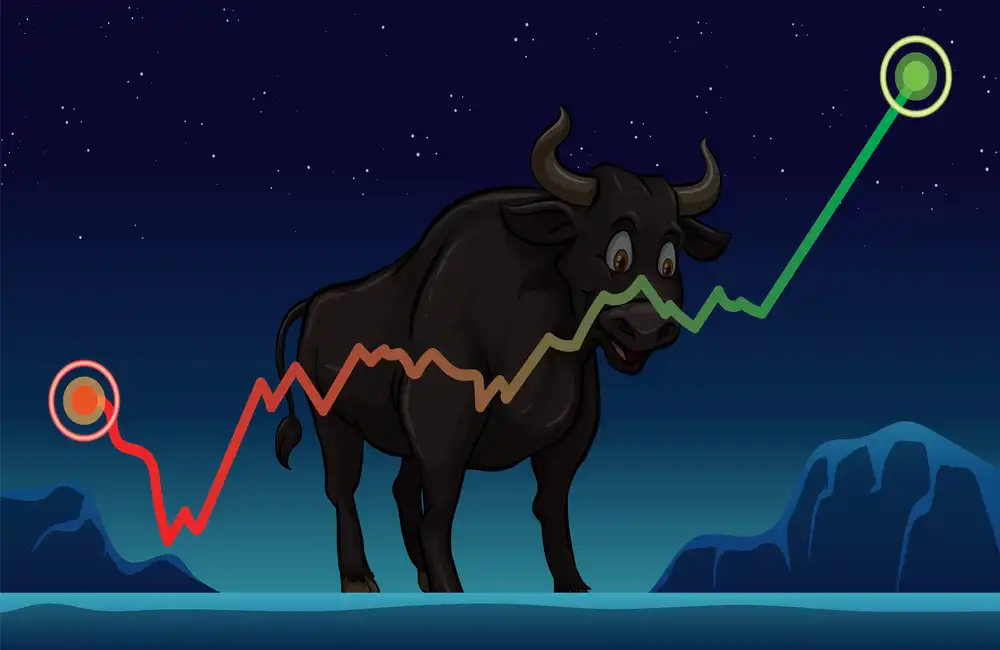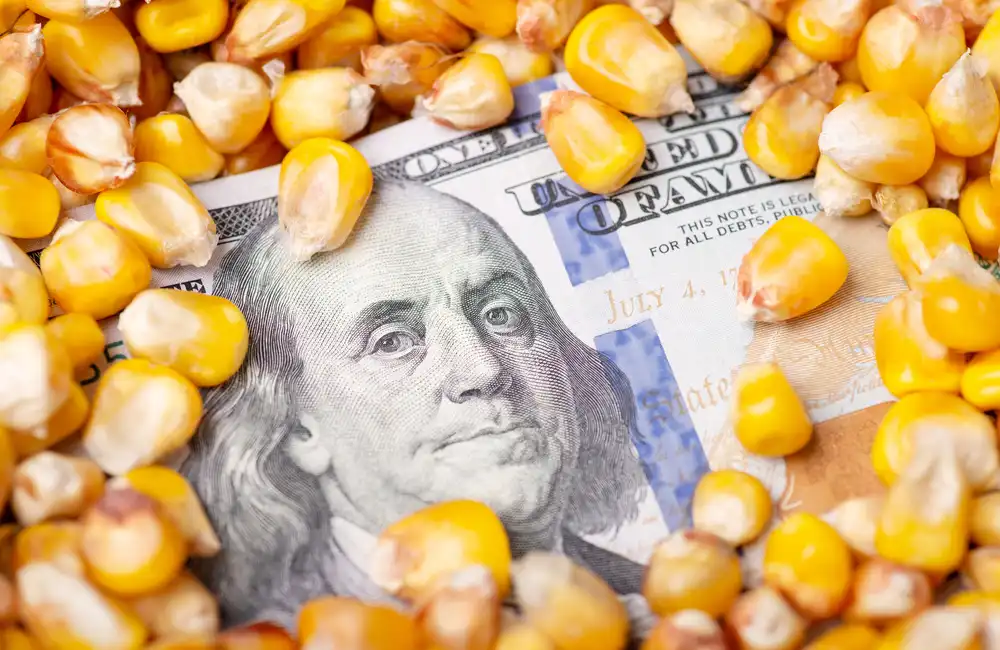The “supervolatility” in commodity prices that the Russia-Ukraine war has unleashed may prove to be prolonged, as was similarly the case when the world was rocked by the oil price shock, China came alive as a consumer nation, and the global financial crisis hit. Metals may bear the brunt.
Volatile Metal Markets Prompt Calls for Regulation and Reform
Rising Demand Meets Supply Constraints
Recovery from the 2008 Global Financial Crisis (GFC) and the ongoing impacts of COVID-19 have significantly curtailed investment in new mine production. At the same time, rising population pressures and the global shift toward decarbonization have fueled soaring demand for metals. The low-carbon transition is driving a high-metal world.
Prices have surged across the board: aluminum and zinc are up 21% year-to-date, copper 7%, and nickel an astonishing 57%. Lithium prices have more than doubled amid tight supply conditions.
Exchanges Under Pressure Amidst Market Chaos
Amid the turbulence, metal exchanges play a critical role in maintaining market stability. However, a recent trading scandal at the London Metal Exchange (LME) has prompted investigations by the UK’s Financial Conduct Authority and the Bank of England, as well as an independent review commissioned by the LME itself.
The flashpoint came in early March when a client tied to Tsingshan, the world’s largest stainless steelmaker and ferronickel producer, opened a short position more than twice the size of all available nickel on LME warrant. The result: a 250% price surge in just three days, suspension of nickel trading, and estimated trade cancellations worth $3.9 billion.
Nickel prices soared into near precious metal territory — over $1 per ounce — prompting EV battery manufacturers to pivot toward cobalt, while stainless steel buyers opted for chromium-based grades. Platinum demand also increased as automakers sought alternatives to Russian palladium, according to SP Angel.
Calls for Smarter Exchange Oversight
“Exchanges need to be smarter on initial margin requirements and agile on intraday variation margins,” said Mark Thompson, director of Met Trading. He stressed the need for robust protections, quicker settlements, and cautious application of price circuit breakers.
In response to the chaos, the LME introduced historic price bands for the first time, initially on nickel and subsequently across all base metal contracts. Outright contracts are now allowed to fluctuate by no more than 15% from the previous day’s close. These bands, intended to provide market “stabilizers,” have been positively received.
Improving Market Transparency
Additionally, the LME lowered the threshold for reporting over-the-counter (OTC) nickel trades to 3,000 lots (from 6,000), acknowledging its lack of visibility into large OTC positions contributed to the crisis. The LME emphasized the importance of extending daily OTC reporting across other metals as a first step toward greater transparency.
CEO Matthew Chamberlain affirmed the LME’s priority to restore confidence and ensure all parties’ actions, including those of the exchange itself, are reviewed and reformed as needed.
Retail Exchanges Already Enforcing Limits
Retail-facing exchanges such as the Shanghai Futures Exchange (SHFE) and CME Group already maintain strict price band protocols. SHFE, for example, enforces daily price movement limits of 3%–5% across a range of metals, with the option to tighten limits further in one-sided markets. CME uses Dynamic Circuit Breakers (DCBs), activating when price changes exceed 10% in one hour for COMEX and NYMEX metals contracts.
CME also manages risk through dynamic margin requirements and comprehensive position limits across all participants.
SGX Cautious on Cash-Settled Contracts
Singapore Exchange (SGX) reported strong trading volumes in commodities like iron ore and coking coal, especially following Russia’s invasion of Ukraine. While SGX uses price bands for some products like rubber, its iron ore and steel contracts are largely traded OTC and cash-settled to avoid delivery squeezes.
“Price discovery must be based on a willing-buyer, willing-seller principle,” said SGX Head of Commodities Will Chin. He emphasized that price limits may not suit all markets, especially those with wide product variations and lower warehousing capabilities, like iron ore and steel.
Iron ore has been especially volatile in recent years, moving from $78/mt in November 2019 to a high of $233/mt in May 2021. On April 8, S&P Global Commodity Insights assessed its 62% Fe Iron Ore Index at $154.65/dry mt CFR North China.





















